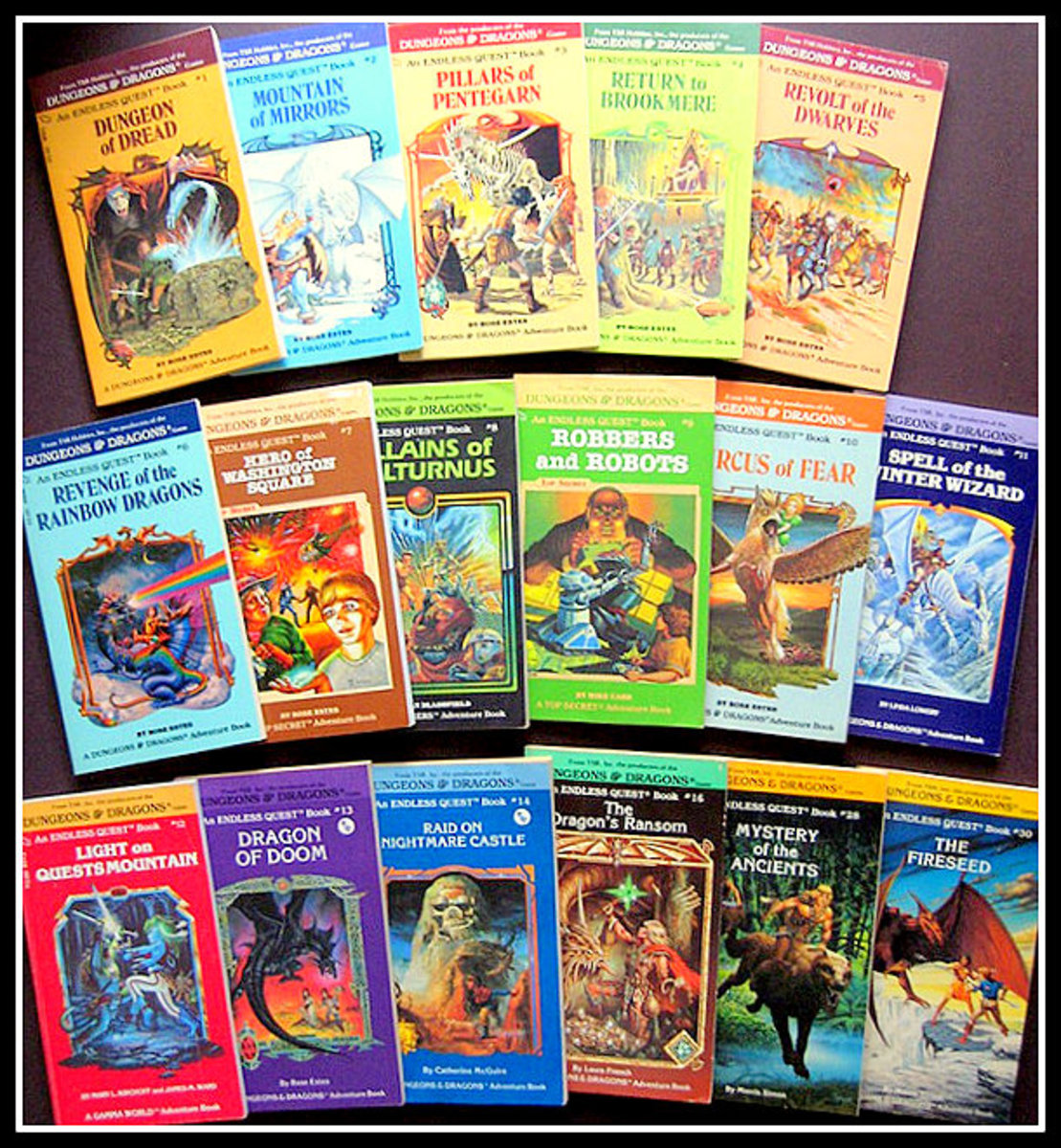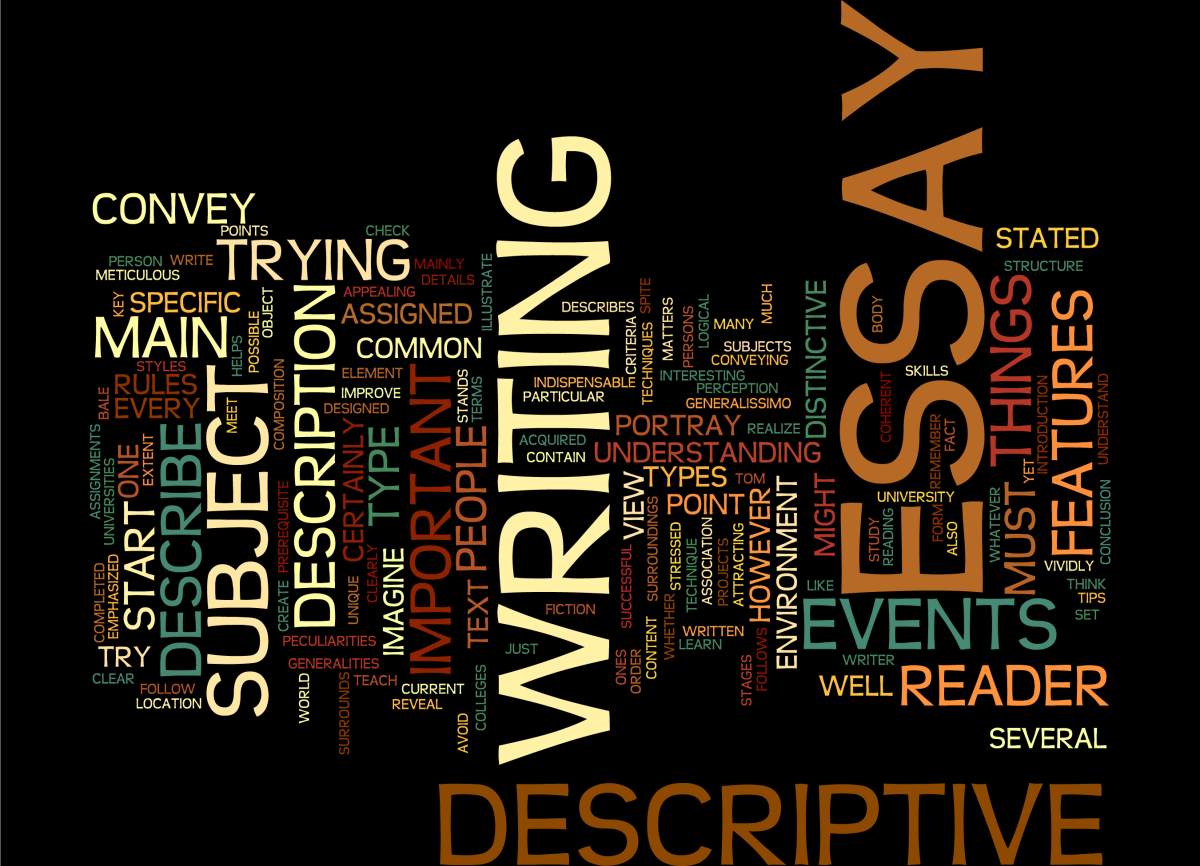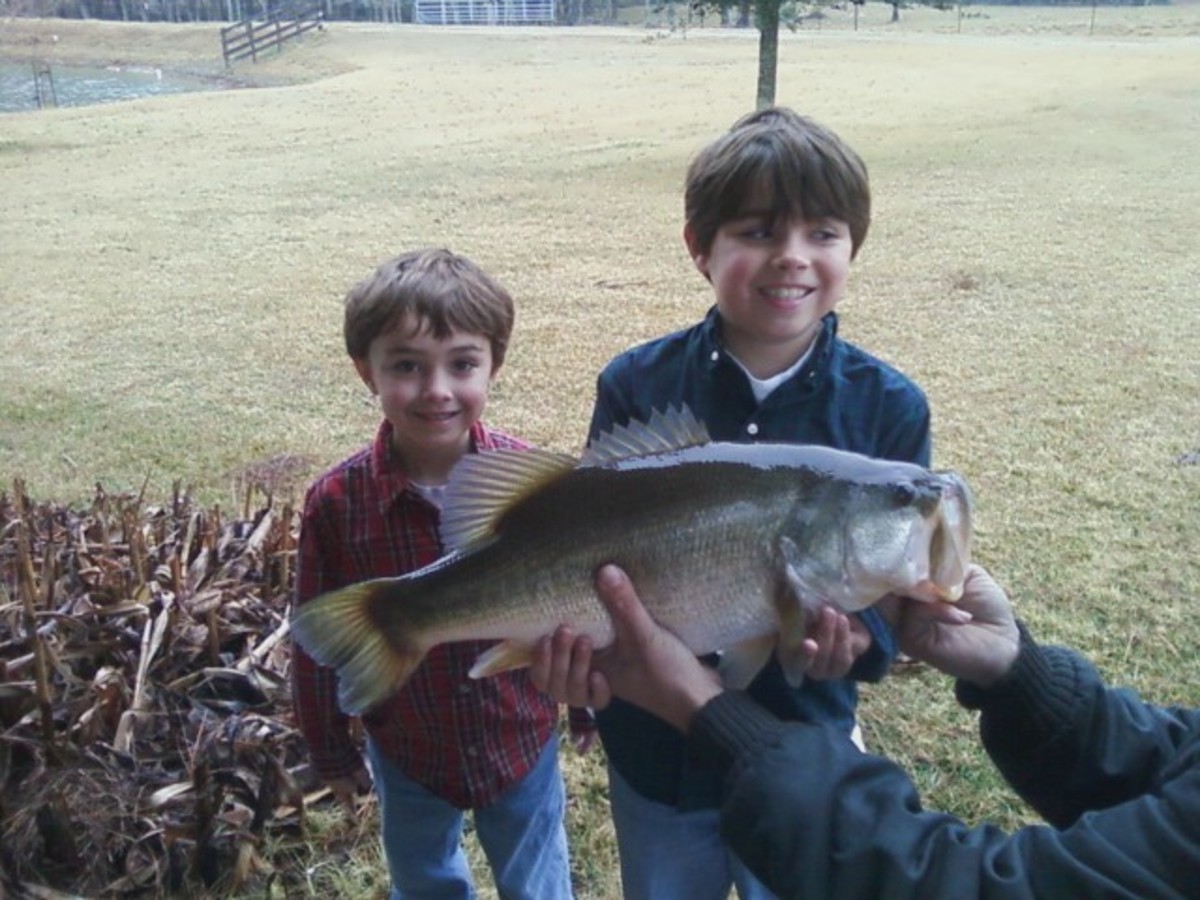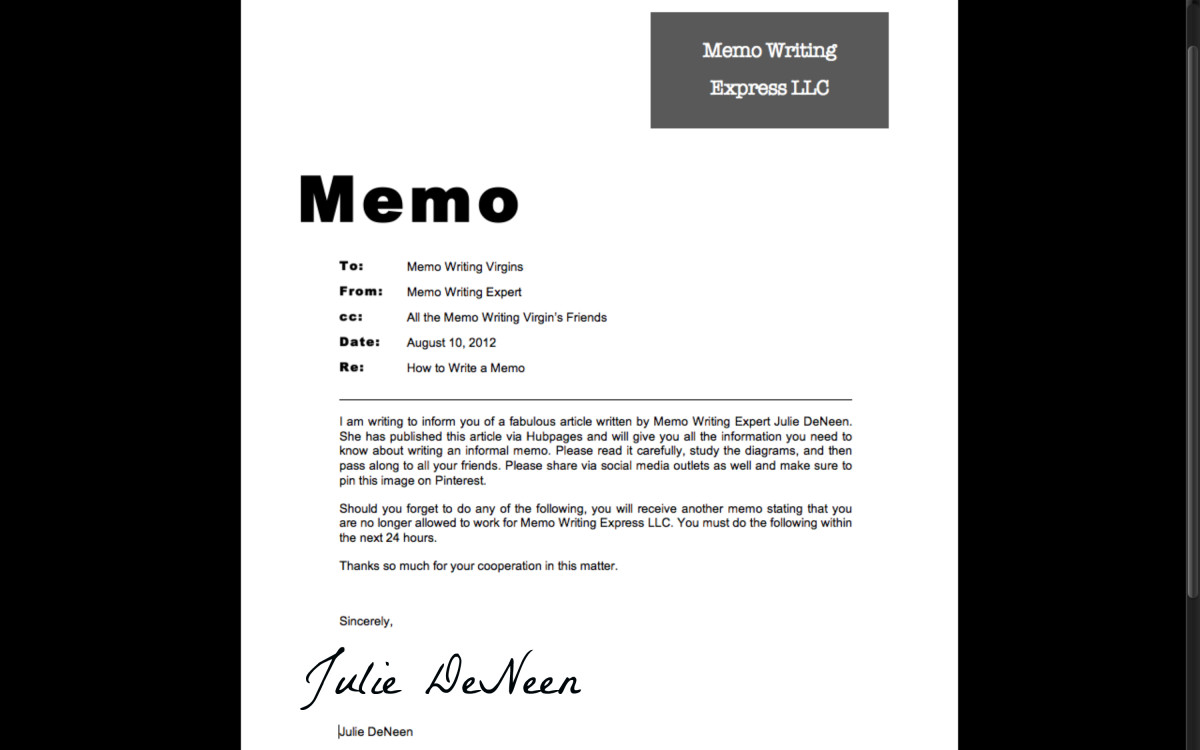Showing Versus Telling In Writing
Show and Tell
I remember in elementary school when we set aside some time each day for show and tell. Each student would bring an item in, show it to us, and then tell us about it. I suppose that's where the event garnered its name.
Now, I don't know why Susie Markle got so upset that day when I brought in a frog. After all, I did more showing than telling, allowing the little critter to hop all over her desk. That awkward moment in life taught me something – for some things, it's better to tell than to show.
I kept with that logic, on through to my senior years, certain it applied to all facets of life. However, in my tenth grade English class I found a fault in my thinking. You see, Mrs. Draker was our creative writing teacher and she had us each write a short story. Being a student that naturally did well at everything, I saw this as a simple (and meaningless) assignment, another signpost on to my way to that coveted A+ average. Perhaps that was why I was heartbroken when I received my story back, with a D- circled in the upper-right corner. As if that wasn't enough to throw me back, she wrote across it in red ink 'Too much telling – not enough showing'.
I took that story home and studied it. What did she mean? Driven to madness at my failure, I went in the next day and confronted her – certain she had fallen into a stupor while grading the assignments. To my surprise, she was more certain of the grade the next day – but willing to explain. On the wall hung (you guessed it) Susie Markle's story. She received the coveted A+ and was put on display for all to see.
Mrs. Draker encouraged me to go up and read what she had written. Shuffling my discouraged self along, I did as she asked and was amazed at the words before me. In my defense, I had told a great story, but Suzie had done me one better by making a story a reader could get excited about and believe.
You see, she understood the value of showing versus telling, and if you are willing to stick with me a bit, I'll share with you what I have learned since that day.
Involve the reader
In my story, I spelled everything out for the reader, perhaps considering them a bit too foolish to figure it out on their own. Suzie ... well, she brought you so tightly into her story that you figured things out without her ever explaining them.
In essence, showing is allowing the reader to experience the story for themselves, as if they were really there. How does that work? Good question. Consider real life. There's no narrator over your shoulder telling you everything that is happening around you. Instead, you are left to your own sense to figure things out. If you smell hot apple pie, you assume Mom is baking in the kitchen. If you hear cursing from the garage, you assume Dad is trying to fix something. And if you smell something foul from the living room, you assume you forgot to take the dog out when Mom asked you to. Oops!
So, if showing is the essence of writing great stories then why doesn't anyone tell writers about this amazing tool? Actually, they do, but young writers fail to listen. It's not that they don't hear their mentors, but anyone who has ever tried to 'show more than tell' in their writing will tell you how difficult a thing it is to do. Why do you think that is?
It all comes back to how we relate stories to others. When we tell our friends about something important we don't try to show them the event. Who wants to visually recreate how Aunt Bertha fell down the stairs at the New Years Eve party? Trust me – describing the event is much less painful. However, readers don't want to read books – they want to live their lives through them. Stories are the portals that allow us to escape our mundane world, and without the show … well … readers know they are still anchored in terra firma and no closer to escaping their daily grunge.
So, is showing anything that can be learned, or is it a natural gift some have and others never will? The answer is actually quite surprising. There are some who do have a natural talent for showing, but if you are one of the less fortunate who don't – take heart – as you too can learn the gift over time. In this article, we will go over several methods for doing just that.
Can you taste the apple pie?
The first method for showing more in your stories is to include the senses. Everything we learn comes to us by way of: sight, sound, smell, touch, or taste. Now, if you want your reader to experience the world you write about you need to include these in your writing. Let's start by telling an event:
John went into the kitchen and ate his Mom's apple pie. He liked it a lot. He didn't want Mom to find out he had snuck in some pie before dinner, because she always says it will ruin his dinner.
Not too inviting, eh? Let's try something different …
Johnny snuck into the kitchen, carried by a sweet aroma that lifted his nostrils to heaven. He gathered a fork and knife from the drawer then gingerly approached the dish on the table, waiting for his Mom to shriek out those heart-wrenching words 'You'll spoil your dinner'.
The knife plunged through the pie, allowing a head of steam to filter into the air. He had hit a point of no return - all he could do now was reap the rewards of his vile deed. Johnny stabbed into the piece of pie with his fork, and brought it to his mouth. A trickle of saliva escaped as the first morsel made its way past his teeth.
The taste of caramelized apple lilted over his tongue, tasting far better than the meatloaf that would come later. A small note of glee fell from his mouth, but he concealed it hastily with his hand. Then, as the warmness hit his belly, he thanked his mother quietly inside for her heavenly offering.
Better, though it's not the stuff great novels are made of – not yet. Word choice and pacing play an important role as well, but it's enough to give you an idea. By using the senses, you bring the reader into the storey and allow them to experience it themselves.
How badly did it hurt?
Emotions are another tool to draw the reader in. By experiencing the angst of your characters, your readers will be pulled that much deeper into your story. So, do we have an example for that? Why certainly. As always, the bad example comes first.
Johnny was riding on his bike during a winter storm. He slipped on some ice, fell, and hurt himself real bad. He cried a lot.
Yeah, it didn’t quite excite me either. Let's rewrite with more showing and less telling:
Johnny peddled on, unwilling to let old man winter hinder his progress. The ten speed swished through the icy froth, threatening to spill to the ground at any time, but he continued forward, determined to make it home before curfew.
Curving past the Henderson's house, the back wheel kicked loose. Johnny fought to bring the steering wheel under control, but gravity worked its way upon the rest of the bike, slamming it the ground like a stone thrown from high.
Go along with it, Johnny thought to himself, it will be okay. But positive thinking couldn't negate the negative experience to come.
The bike twisted at his leg as it threw him to the ground. Johnny opened his mouth to cry, but the force of the fall pushed the wind from his lungs, allowing his agony no voice. His leg, a twisted mess of blood and sinew, cried out to his mind, demanding to be heard. Heeding the call, his mind released its grasp on his lungs, allowing them to draw in a whisper of air, which he expelled out in a long mournful cry.
Okay, a bit melodramatic, but far more interesting than the prior example. The importance lesson learned here is that the reader needs to experience the event – not just read about it.
Metaphors and similes
These colorful pieces of the English language allow a writer to give the reader a better picture by comparing what's happening in the story to something we all know in everyday life. Let's start by looking at the metaphor. First, an example given by telling:
The fire truck rushed by real fast.
Now, let's try a metaphor:
The fire truck flew by our house
While fire trucks don't fly, it does give us the image it was travelling real fast. A metaphor makes a direct comparison of one item to another, allowing the reader to get an idea of the picture you are trying to portray. A simile works much the same way:
The fire truck whizzed by like a combat jet at full throttle.
This creates a stronger image in our mind. Similes are similar to metaphors, but they make an indirect comparison saying one item is like another.
Using these two tools, you can embolden the language in your writing while painting a vibrant picture in the reader's mind. Let's try a paragraph to see how this works, shall we?
The fire truck whizzed by like a combat jet at full throttle. On the back, three men held on tight as the truck swung wide around the corner – a wild bull trying to throw off its riders. How they managed such a tenacious grasp, I'll never know.
Here, we use a metaphor and a simile, both in the same paragraph. Comparisons are made to a jet and a bull, though the truck doesn't fly and it's definitely not a living creature. The imagery works, because certain images are universal and we can use these to draw comparisons for the reader, so they can see the story as we see it in our own mind.
That's the power of metaphors and similes…
Conclusion
If you intend to become a bestselling author, then you need to learn to show more than you tell – lest Mrs. Draker gives you a D-. In the writing world, that means an informal rejection slip telling you 'no', but never explaining why. Your writing must captivate your audience to sell them. That's a truth you can never escape. For this reason alone, learning how to show in writing is the single-most important lesson you will ever learn. That's why you see it mentioned in so many writing books.
Of course, if you really want to learn the art of showing, pick up a bestseller and read your way through. Learn from the masters, and someday you might become one …
With that said, another chapter in this series comes to an end, with many more coming soon. Our next installment will go over the importance of The First Page. If you have any intention of selling your work to others, you won't want to miss this one!








